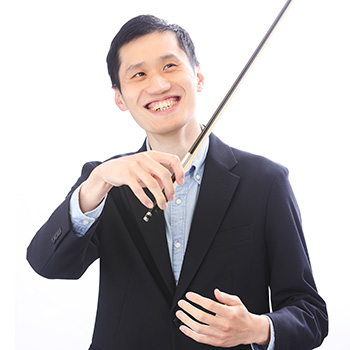Tokyo Research
Left inferior parietal lobe and auditory cortex jointly contribute to sound knowledge retrieval
Author
Kuhnke, Philipp and Numssen, Ole and Voeller, Johannah and Cheung, Vincent KM and Weise, Konstantin and Kiefer, Markus and Hartwigsen, Gesa
Abstract
Background Conceptual knowledge is central to human cognition. Neuroimaging studies suggest that conceptual processing relies on the joint contribution of modality-specific perceptual-motor and multimodal brain regions. In particular, the multimodal left inferior parietal lobe (IPL) couples with auditory association cortex during sound knowledge retrieval and with somatomotor cortex during action feature retrieval. However, it remains unknown whether the interaction between modality-specific and multimodal cortices is causally relevant for conceptually-guided behavior. Methods To tackle this issue, we applied offline transcranial magnetic stimulation (TMS) over modality-specific cortex (somatomotor, auditory, or sham), before 24 healthy participants received online TMS over multimodal cortex (IPL, or sham) during action and sound knowledge tasks on written words. For the first time in a TMS study on higher cognition, TMS targeting and dosing were optimized using individual a priori computational electric field simulations. Results We found that combined stimulation of auditory association cortex and multimodal IPL selectively impaired sound judgments, but not action judgments, on low sound–low action words (BF10 = 5.316). Unifocal TMS over auditory cortex or IPL alone did not disrupt behavior, suggesting adaptive compensatory plasticity. Conclusions These results indicate that the joint contribution of multimodal IPL and auditory cortex is causally relevant for sound knowledge retrieval: The functional relevance of left IPL depends on the integrity of the auditory cortex, and vice versa, as single perturbation of either region did not disrupt performance. Our findings support “hybrid theories” of conceptual processing, which propose that task-dependent functional interactions between modality-specific and multimodal regions are crucial.
